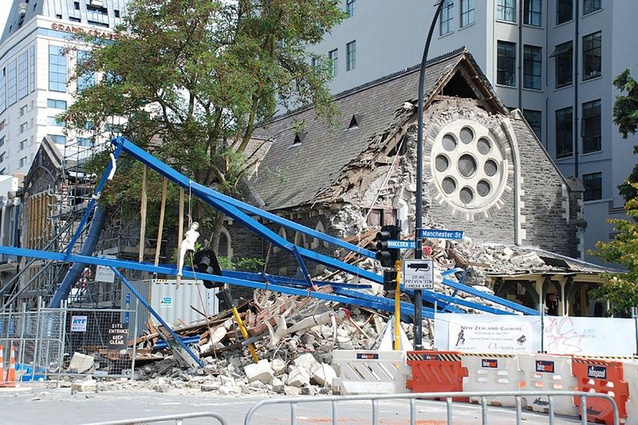PCNZ applauds government’s announcement
Property Council New Zealand has applauded the government on its announcement to make changes to the system for managing earthquake-prone buildings following recommendations by the Canterbury Earthquakes Royal Commission. Central to the new system would be the ability to strike a better balance between protecting people from harm in an earthquake and managing the costs of strengthening or removing earthquake-prone buildings.
Property Council chief executive Connal Townsend says the announcement shows the government is taking the matter seriously and recognises the market realities of creating more resilient public buildings across New Zealand.
“We support the government in its objective to balance the cost of strengthening or removal with protecting people from harm by maintaining the current standard of strengthening required for earthquake-prone buildings.
“However, in many cases the market is demanding a much higher standard – further increasing the challenge of funding strengthening work. It’s crucial that the government provides certainty to the market about any financial incentives as soon as possible.”
Property Council believes any central register of earthquake-prone buildings, maintained by the Ministry of Business, Innovation and Employment (MBIE), must be accurate and up to date.
“Inaccurate information can have significant ramifications on property values, obtaining insurance, finance and retaining tenants.”
Much of the public focus around earthquake-strengthening work has been on heritage buildings and Property Council believes this discussion must continue.
“We need to identify the right buildings to protect, as not every heritage and character building will be able to be saved. That is a reality, along with the fact that heritage buildings can be phenomenally expensive to strengthen.
“If communities across the country value certain heritage buildings to the point that they want a say in whether they are protected, preserved and strengthened, then it is only right that communities contribute to this work.”










